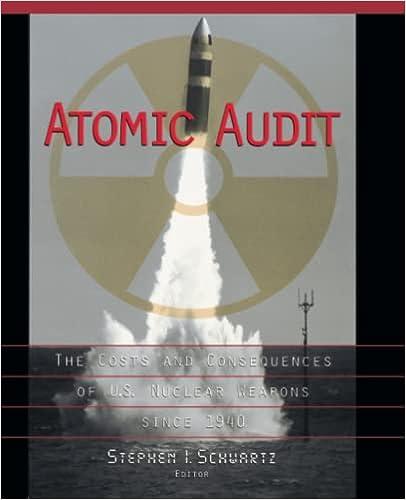Question
The comparative statements of Crane Company are presented here. CRANE COMPANY Income Statements For the Years Ended December 31 2017 2016 Net sales $1,897,740 $1,757,700
The comparative statements of Crane Company are presented here.
| CRANE COMPANY Income Statements For the Years Ended December 31 | ||||
| 2017 | 2016 | |||
| Net sales | $1,897,740 | $1,757,700 | ||
| Cost of goods sold | 1,065,740 | 1,013,200 | ||
| Gross profit | 832,000 | 744,500 | ||
| Selling and administrative expenses | 507,200 | 486,200 | ||
| Income from operations | 324,800 | 258,300 | ||
| Other expenses and losses | ||||
| Interest expense | 24,100 | 22,100 | ||
| Income before income taxes | 300,700 | 236,200 | ||
| Income tax expense | 94,100 | 75,100 | ||
| Net income | $ 206,600 | $ 161,100 | ||
| CRANE COMPANY Balance Sheets December 31 | ||||
| Assets | 2017 | 2016 | ||
| Current assets | ||||
| Cash | $ 60,100 | $ 64,200 | ||
| Debt investments (short-term) | 74,000 | 50,000 | ||
| Accounts receivable | 125,000 | 110,000 | ||
| Inventory | 128,100 | 117,600 | ||
| Total current assets | 387,200 | 341,800 | ||
| Plant assets (net) | 664,000 | 535,300 | ||
| Total assets | $1,051,200 | $877,100 | ||
| Liabilities and Stockholders Equity | ||||
| Current liabilities | ||||
| Accounts payable | $ 167,200 | $152,600 | ||
| Income taxes payable | 45,600 | 44,100 | ||
| Total current liabilities | 212,800 | 196,700 | ||
| Bonds payable | 235,000 | 215,000 | ||
| Total liabilities | 447,800 | 411,700 | ||
| Stockholders equity | ||||
| Common stock ($5 par) | 290,000 | 300,000 | ||
| Retained earnings | 313,400 | 165,400 | ||
| Total stockholders equity | 603,400 | 465,400 | ||
| Total liabilities and stockholders equity | $1,051,200 | $877,100 | ||
All sales were on account. Net cash provided by operating activities for 2017 was $245,000. Capital expenditures were $136,000, and cash dividends were $58,600. Compute the following ratios for 2017. (Round current ratio, earnings per share and asset turnover to 2 decimal places, e.g 1.83 and all other answers to 1 decimal place, e.g. 1.8 or 2.5%. Use 365 days in calculation.)
| (a) | Earnings per share | $ | |||
| (b) | Return on common stockholders equity | % | |||
| (c) | Return on assets | % | |||
| (d) | Current ratio | :1 | |||
| (e) | Accounts receivable turnover | times | |||
| (f) | Average collection period | days | |||
| (g) | Inventory turnover | times | |||
| (h) | Days in inventory | days | |||
| (i) | Times interest earned | times | |||
| (j) | Asset turnover | times | |||
| (k) | Debt to assets ratio | % | |||
| (l) | Free cash flow | $ |
Step by Step Solution
There are 3 Steps involved in it
Step: 1

Get Instant Access to Expert-Tailored Solutions
See step-by-step solutions with expert insights and AI powered tools for academic success
Step: 2

Step: 3

Ace Your Homework with AI
Get the answers you need in no time with our AI-driven, step-by-step assistance
Get Started


